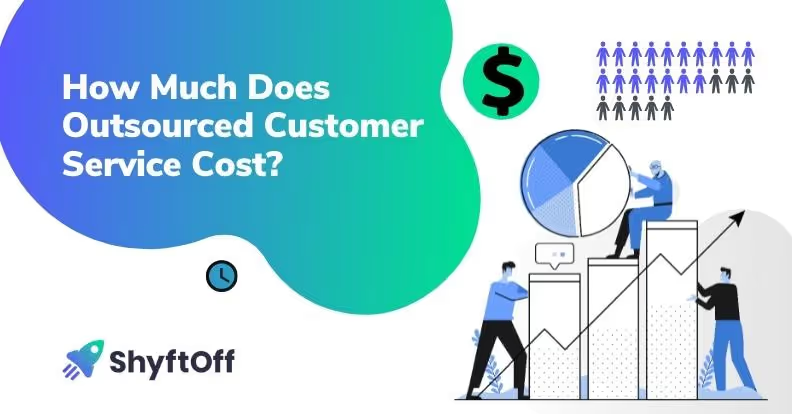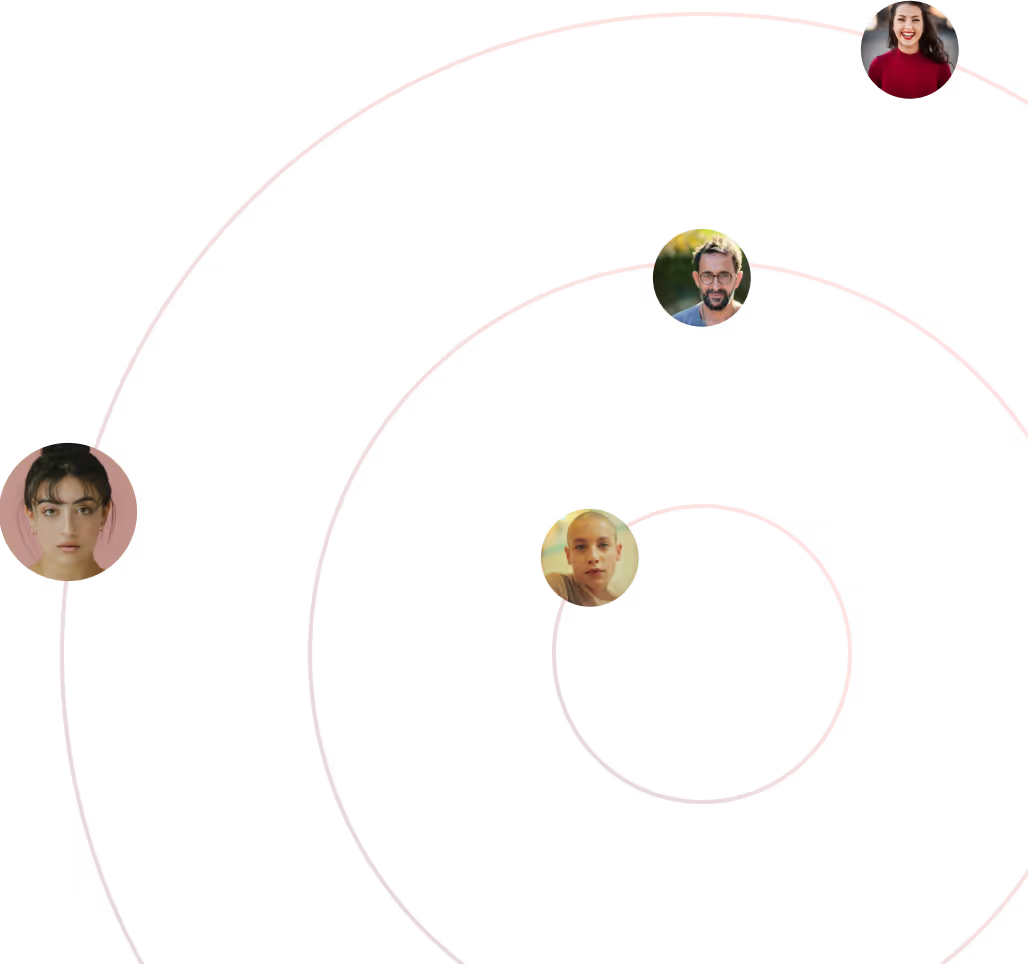As the industry continues to evolve, so must the strategies its leaders employ. For leaders within these dynamic environments, the challenge is to keep pace with industry trends and stay ahead, ensuring their teams are not just coping but thriving. This necessitates leadership strategies that forge paths toward innovation and excellence.
This post aims to offer contact center leaders a fresh perspective on optimizing operations, improving the workplace for agents, and the critical benefits of adopting flexible working models.
Creating an Empowering Environment
The foundation of any successful contact center is its agents. To boost performance, it’s imperative to cultivate an environment that supports and empowers them. Here are a few strategies to consider:
Invest in Training and Development: Continuous learning opportunities can enhance agent skills, especially problem-solving and soft skills, engagement, and job satisfaction. Customized training programs that cater to individual learning styles and career aspirations can significantly impact performance.
Foster a Culture of Recognition: Regular acknowledgment of big and small achievements boosts morale and motivation. Implementing recognition programs that celebrate milestones, exceptional service, and teamwork can reinforce a positive culture and encourage high performance.
Optimize Workflows with Technology: Leveraging advanced technology to streamline processes can dramatically reduce agents' cognitive load. Tools such as CRM systems, AI-driven chatbots, and analytics platforms can give agents the information and support they need to excel in their roles.
The Power of Flexibility
Adopting flexible working models can significantly impact a contact center’s ability to attract and retain top talent. Here’s how:
Remote and Hybrid Models: The option to work remotely or under a hybrid model can attract a broader talent pool. Flexibility in work location has been shown to improve job satisfaction, reduce turnover, and enhance performance.
Flexible Scheduling: Allowing agents to have a say in their schedules can increase satisfaction and performance. Flexibility can accommodate personal needs, reduce burnout, and foster a sense of autonomy and trust.
Performance-Based Incentives: Implementing a flexible incentive program that rewards high performance with benefits such as additional time off, choice assignments, or work-from-home options can motivate agents to excel.
Benefits of a Flexible Model
Adopting a flexible model benefits agents and the organization as a whole. Studies have shown that flexible work arrangements can lead to higher productivity levels. Agents who are satisfied with their work environment and balance tend to perform better and exhibit higher levels of engagement. In a competitive job market, flexibility can be a differentiating factor for top performers. Offering flexible working options can make your contact center more attractive to skilled professionals and help retain them in the long run. Remote and hybrid models can also reduce overhead costs associated with physical office space. Additionally, happy, engaged employees are less likely to leave, reducing the costs related to turnover and recruitment.
Implementing Change In Your Contact Center
Implementing the aforementioned changes requires thoughtful planning and execution. Begin with a comprehensive assessment of current operations, identifying areas for improvement to boost agent performance. Your plan should incorporate feedback from agents and leadership. Transparent communication is crucial. Share your vision and the proposed changes with your team, explaining the benefits and how they will be implemented. Every contact center member should be involved in planning to foster a sense of ownership and commitment to the changes.
Consider piloting changes in a controlled environment to gauge their effectiveness. This could involve trialing flexible working arrangements with a small group of agents or implementing new technology in stages. Gather feedback, evaluate performance, and be prepared to make adjustments. This iterative approach allows for fine-tuning before a full-scale rollout. Change is not a one-time event but a continuous journey. Stay attuned to industry trends, technological advancements, and feedback from your team. Be prepared to adapt and evolve your strategies to sustain improvements in agent performance and operational efficiency over the long term.
For more insights on how GigCX is designed for complex work, you might be interested in the following resources from our blog:
- What is Contact Center Optimization? A Refresher for Leaders
- How to Optimize Contact Center Training for Performance
- Contact Center Optimization Strategies for High-Performance
Interested in augmenting your contact center operations with GigCX?
Contact our team to get started.
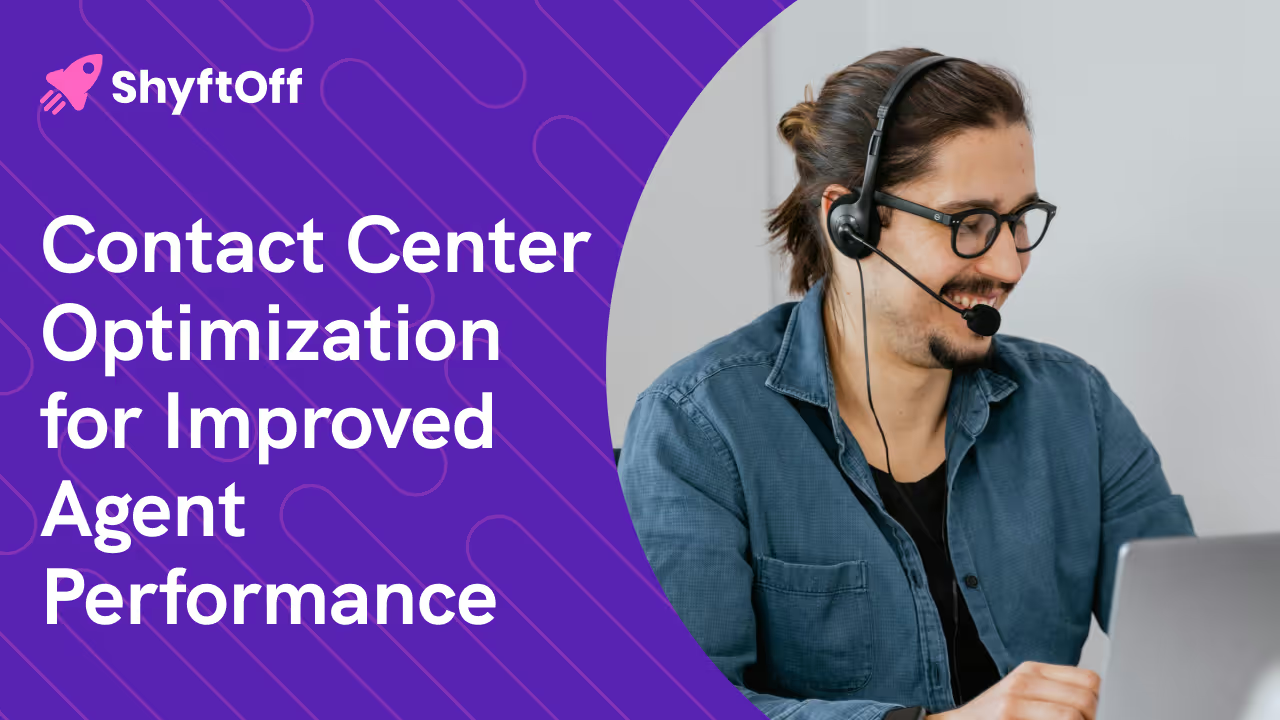



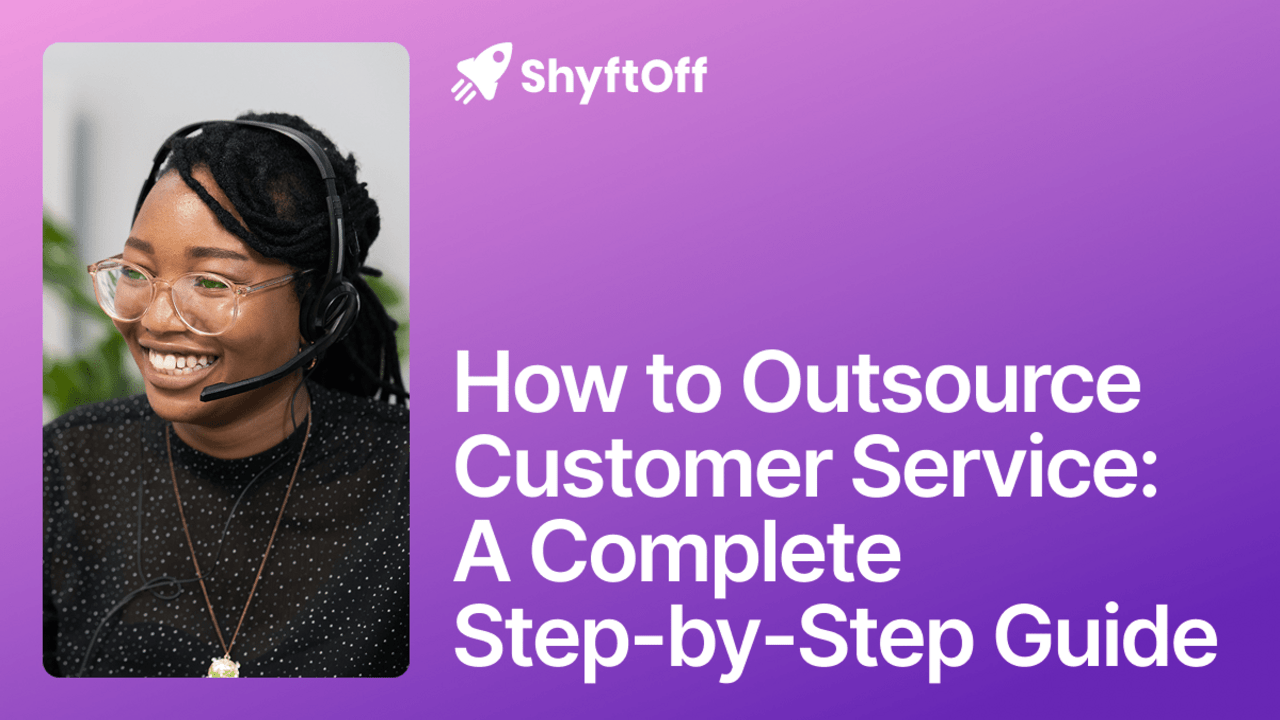

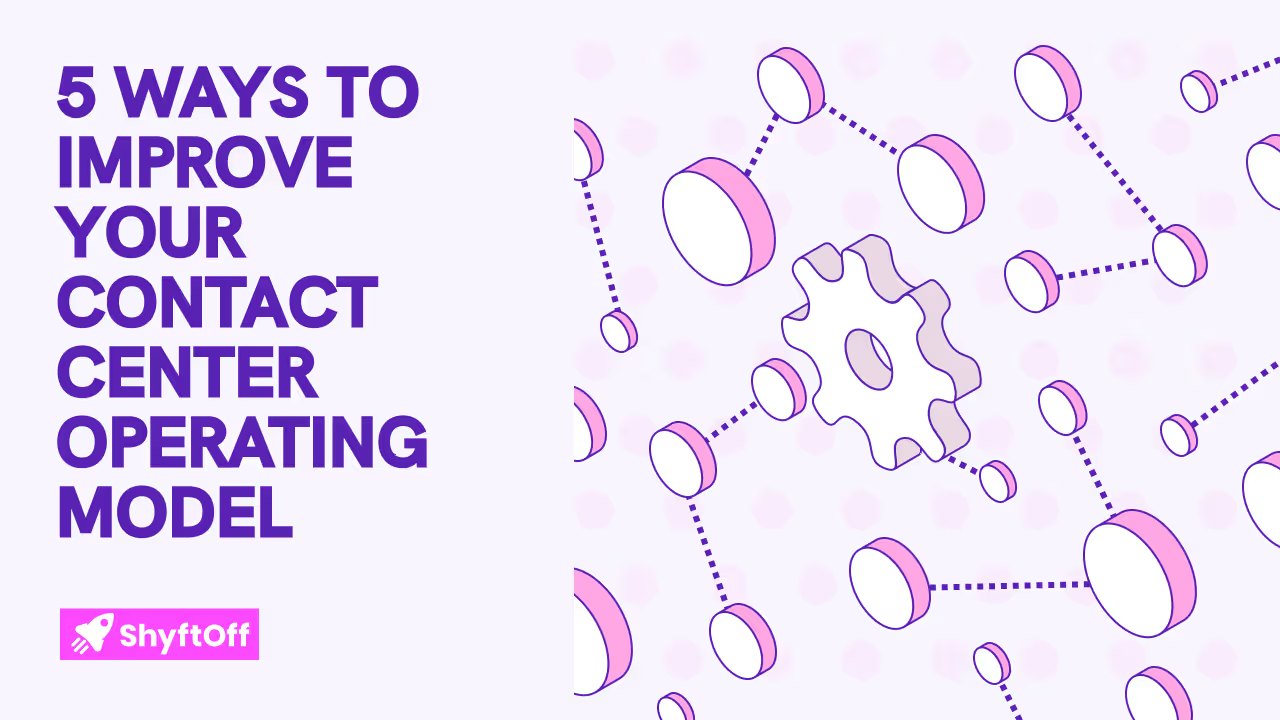
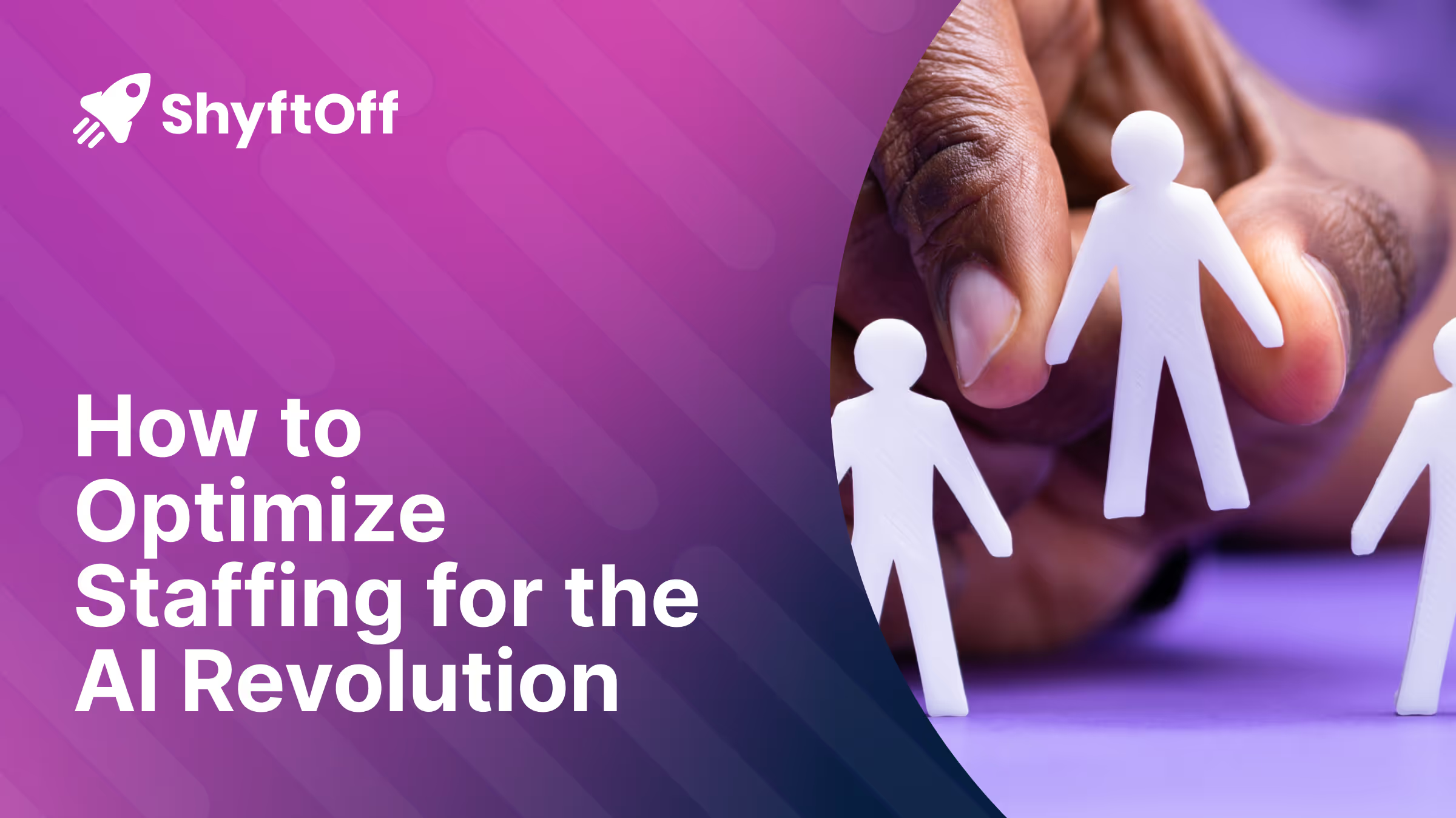
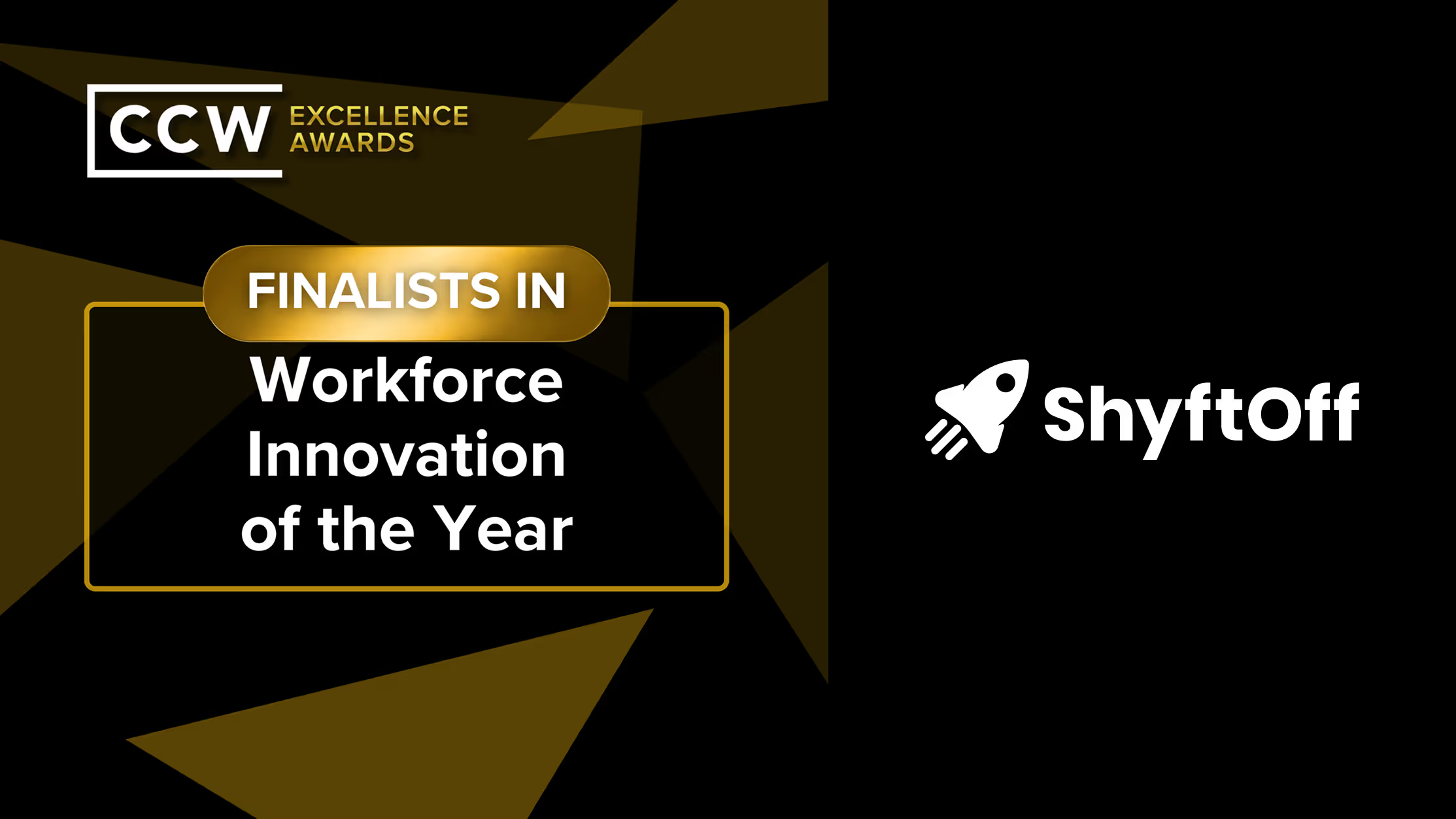


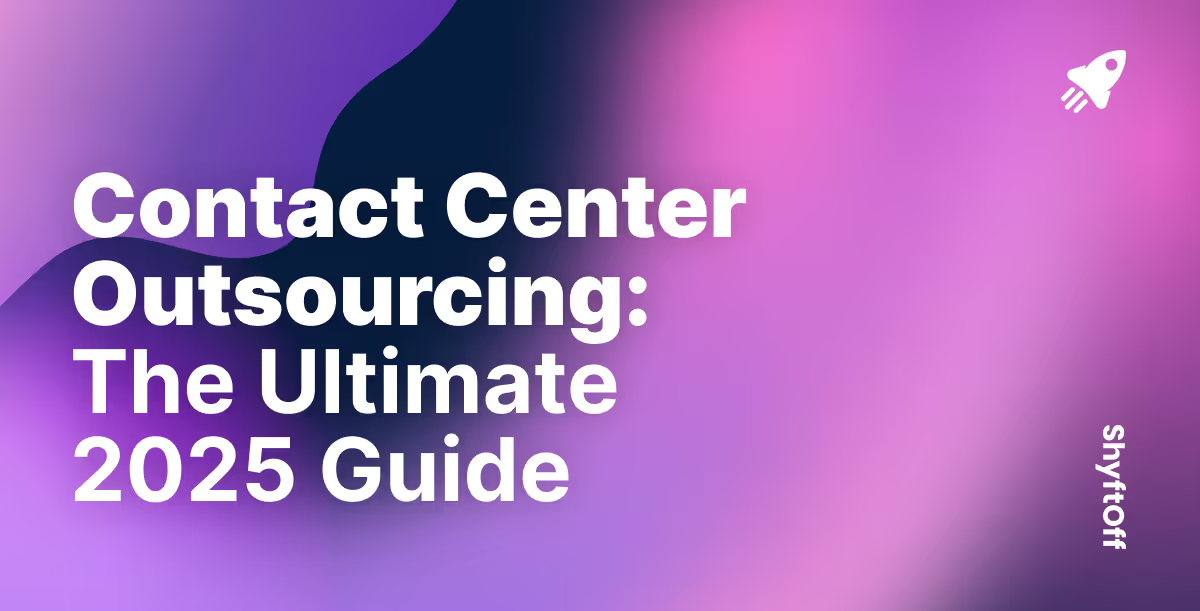
%2520(1)%2520(1).avif)
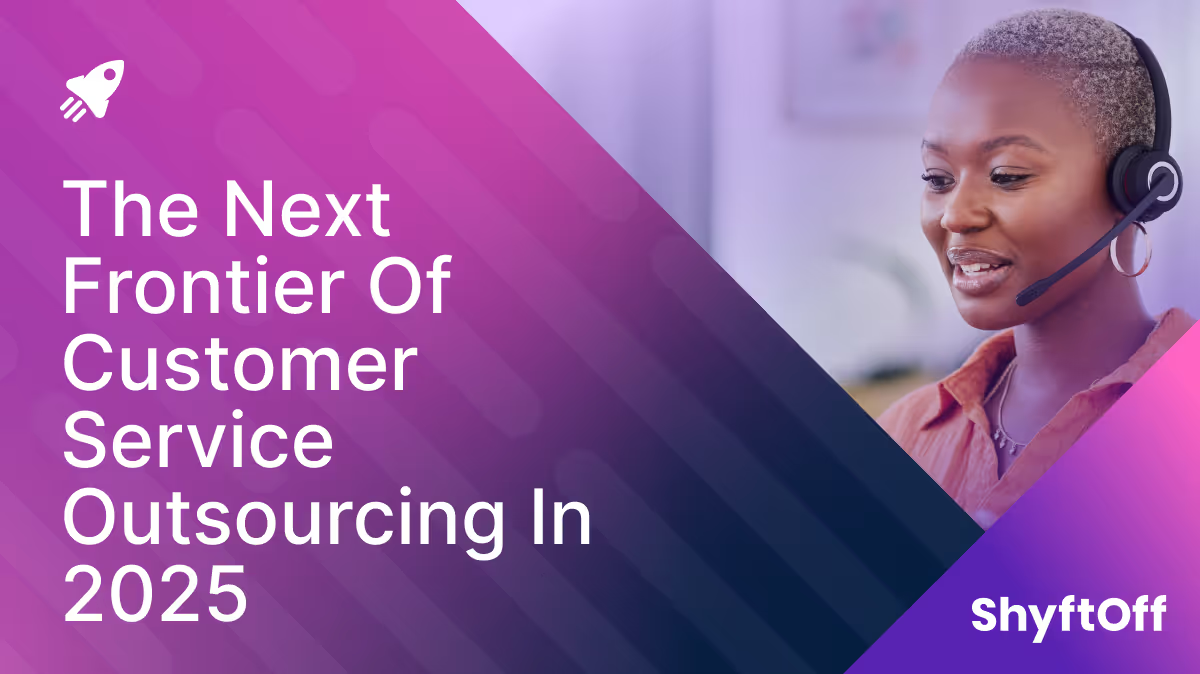
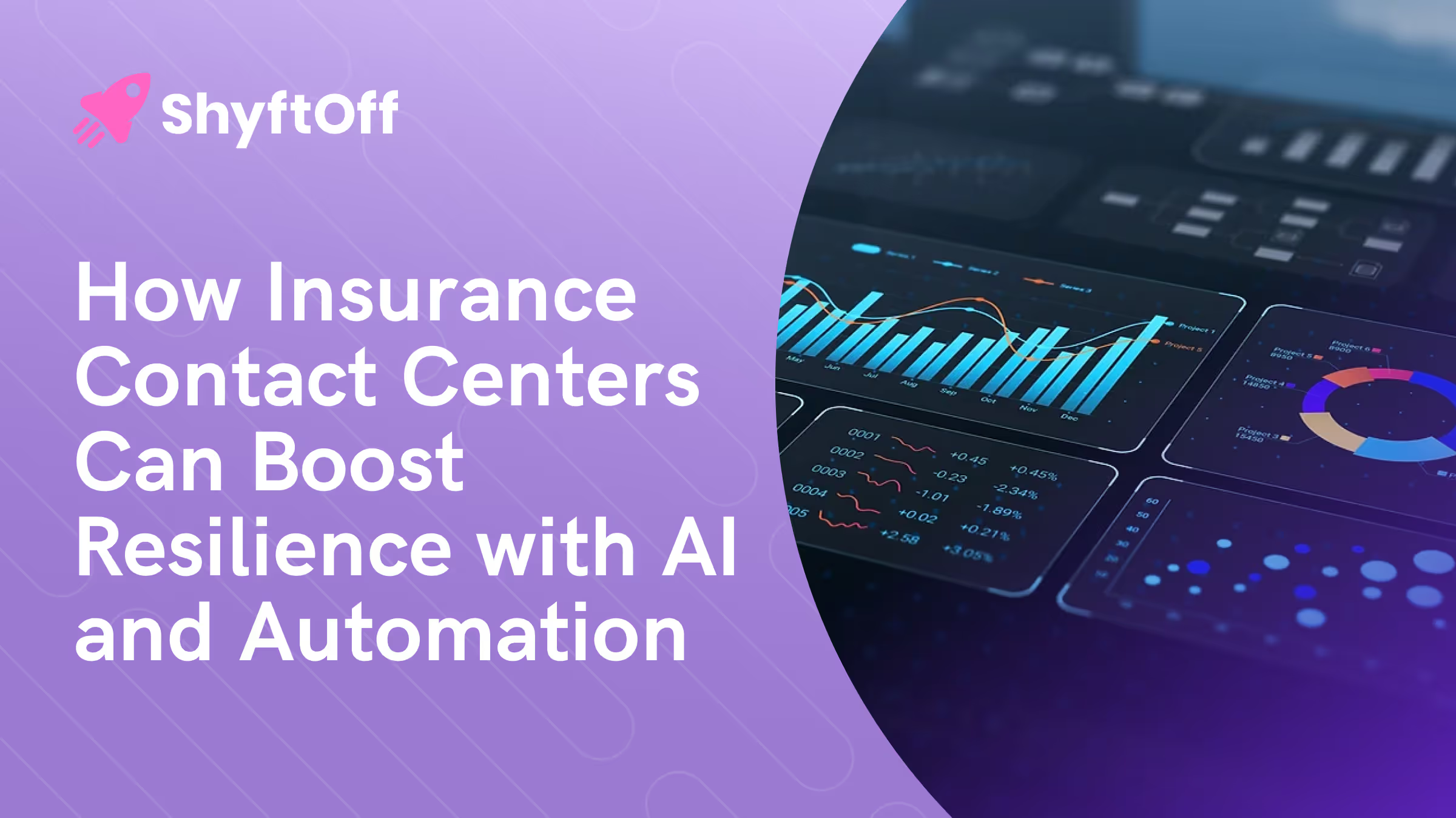
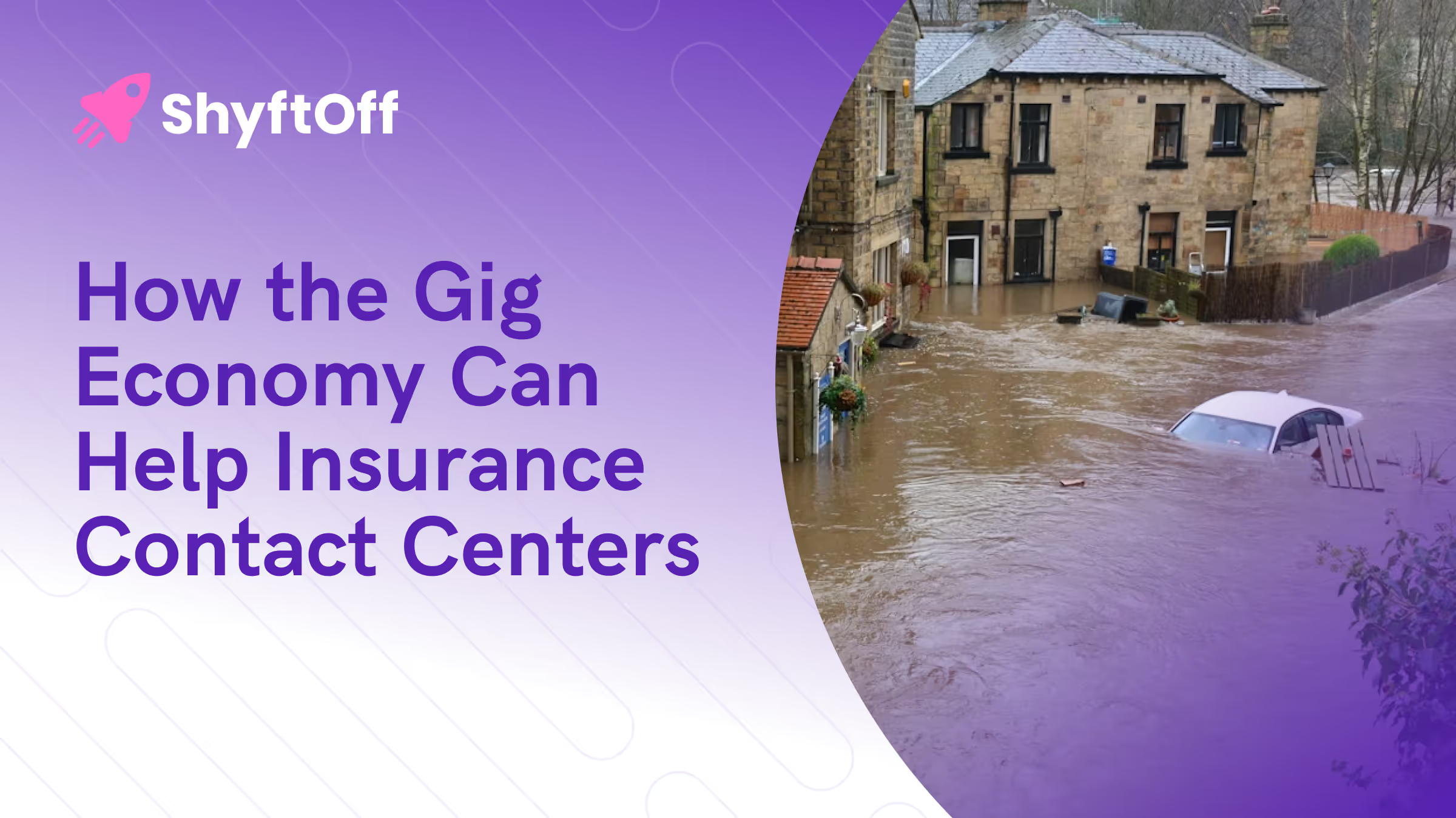

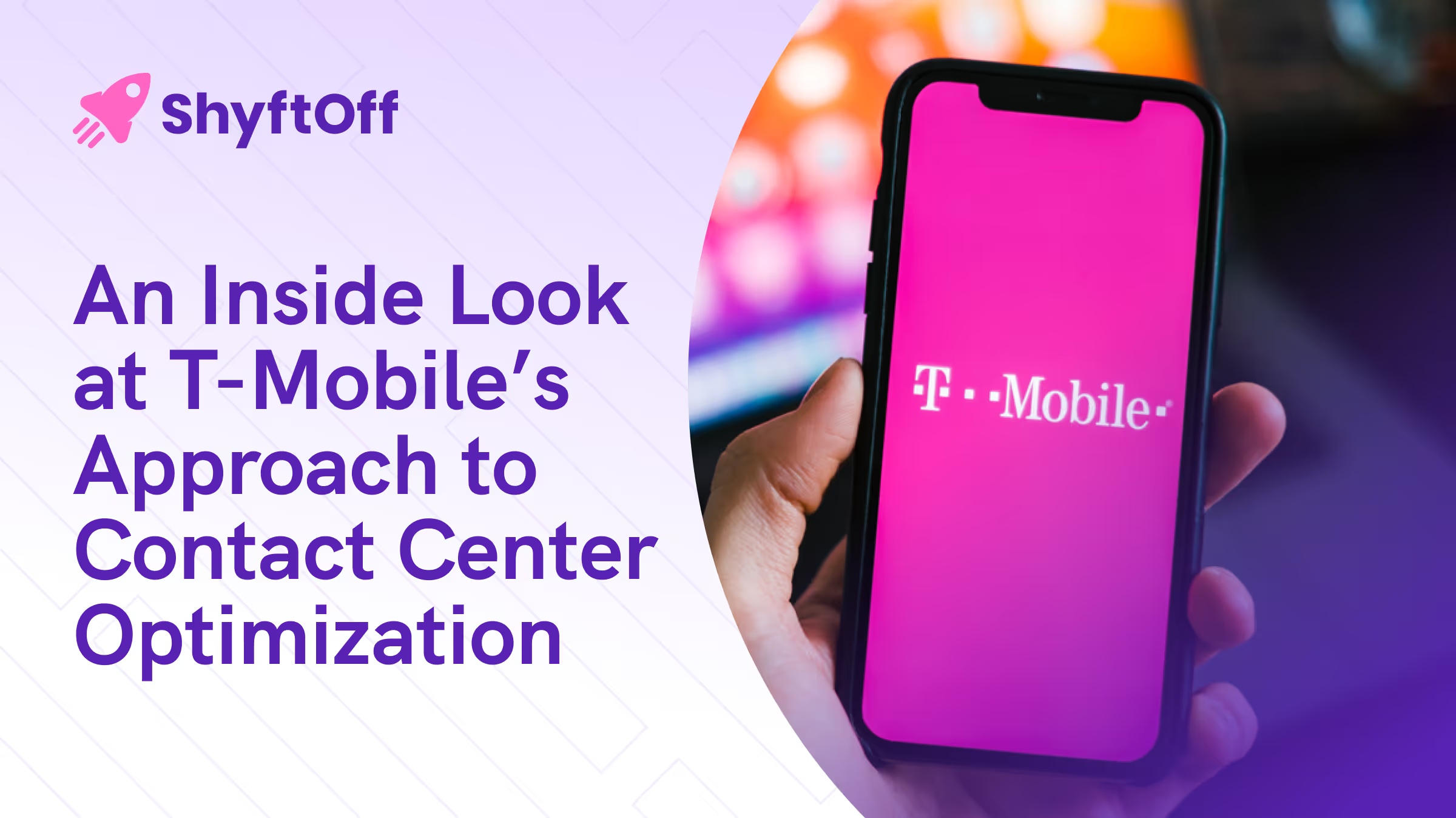
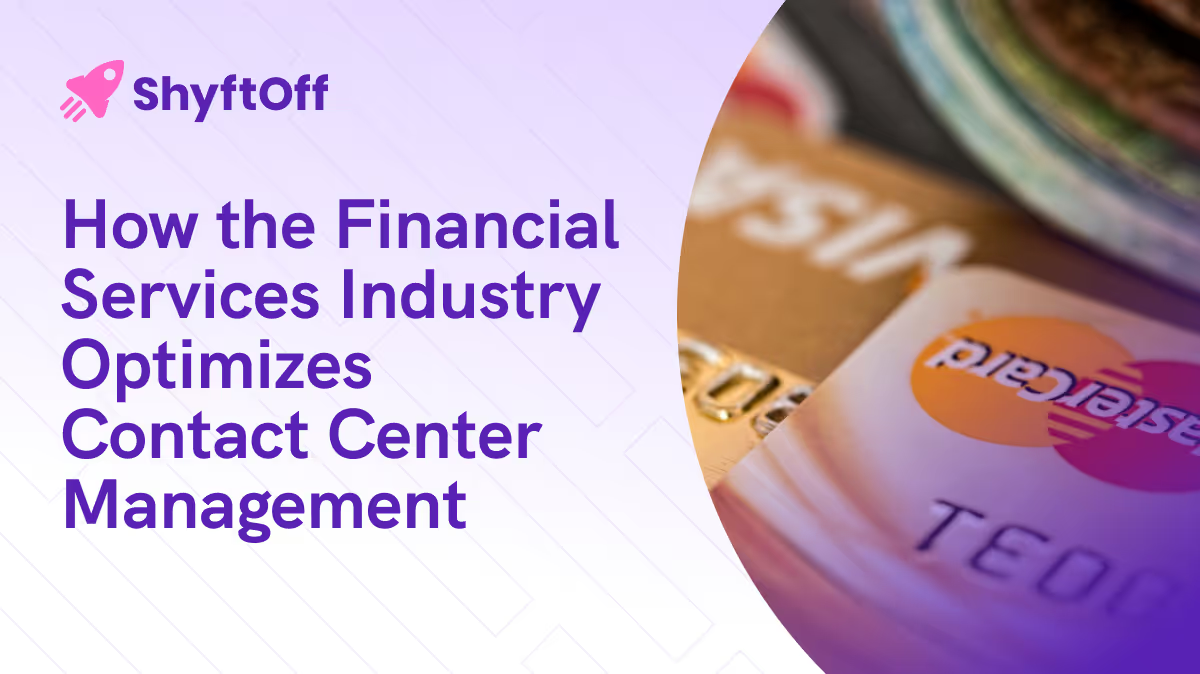
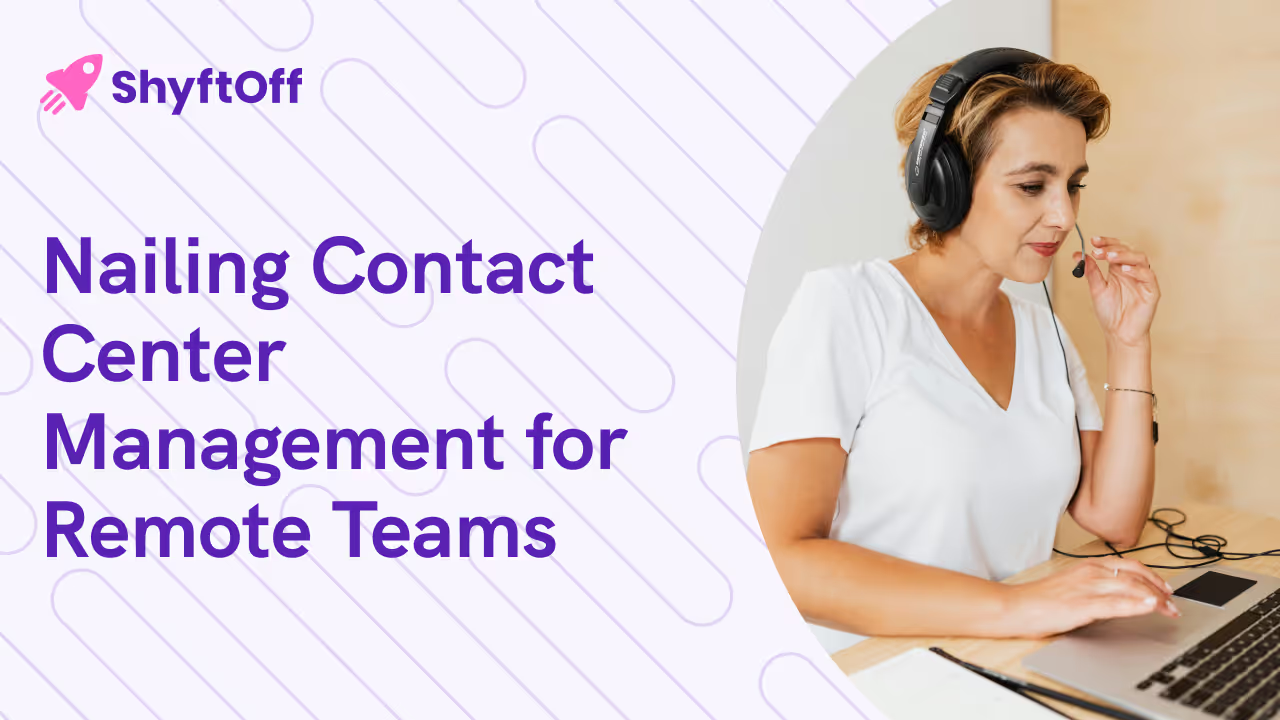

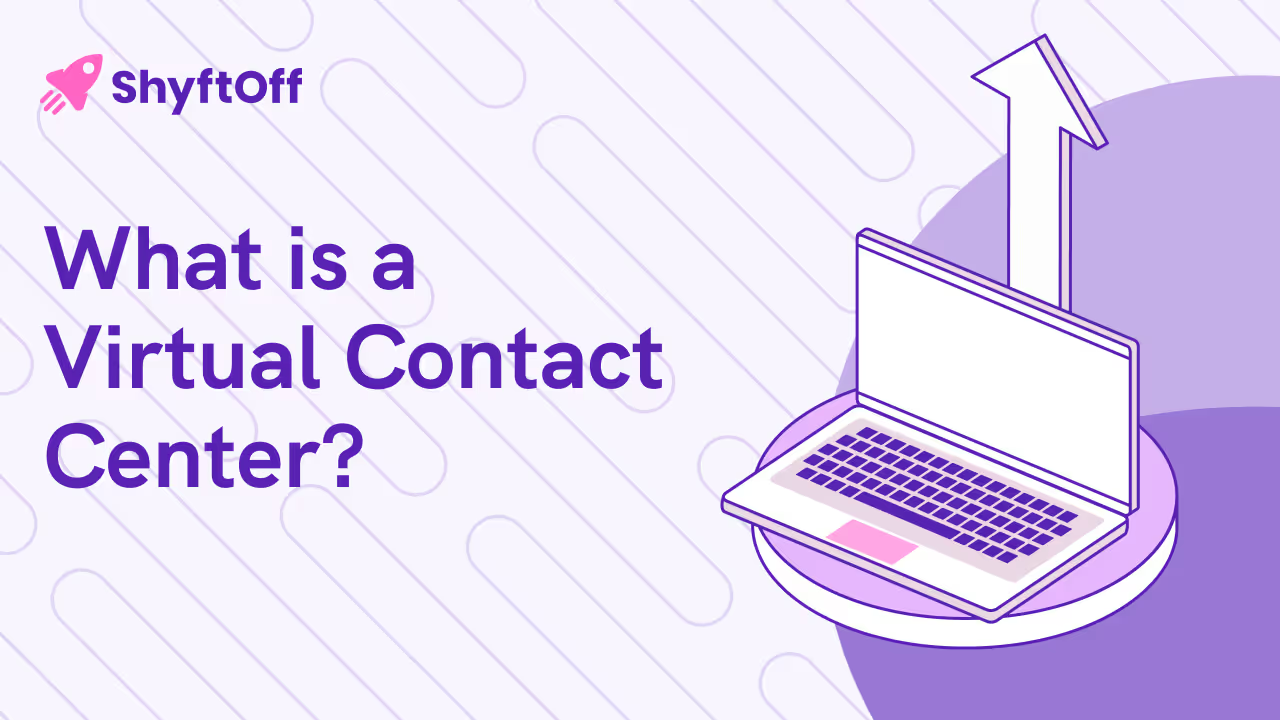
.avif)
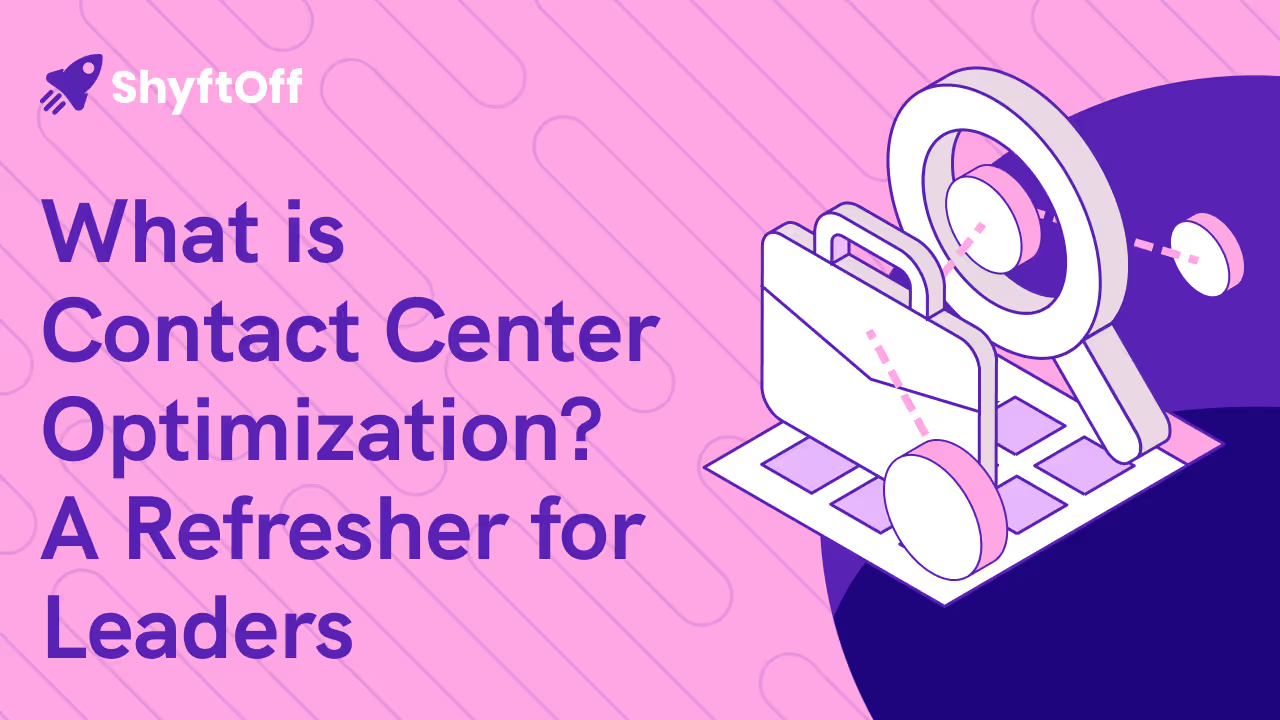
.avif)
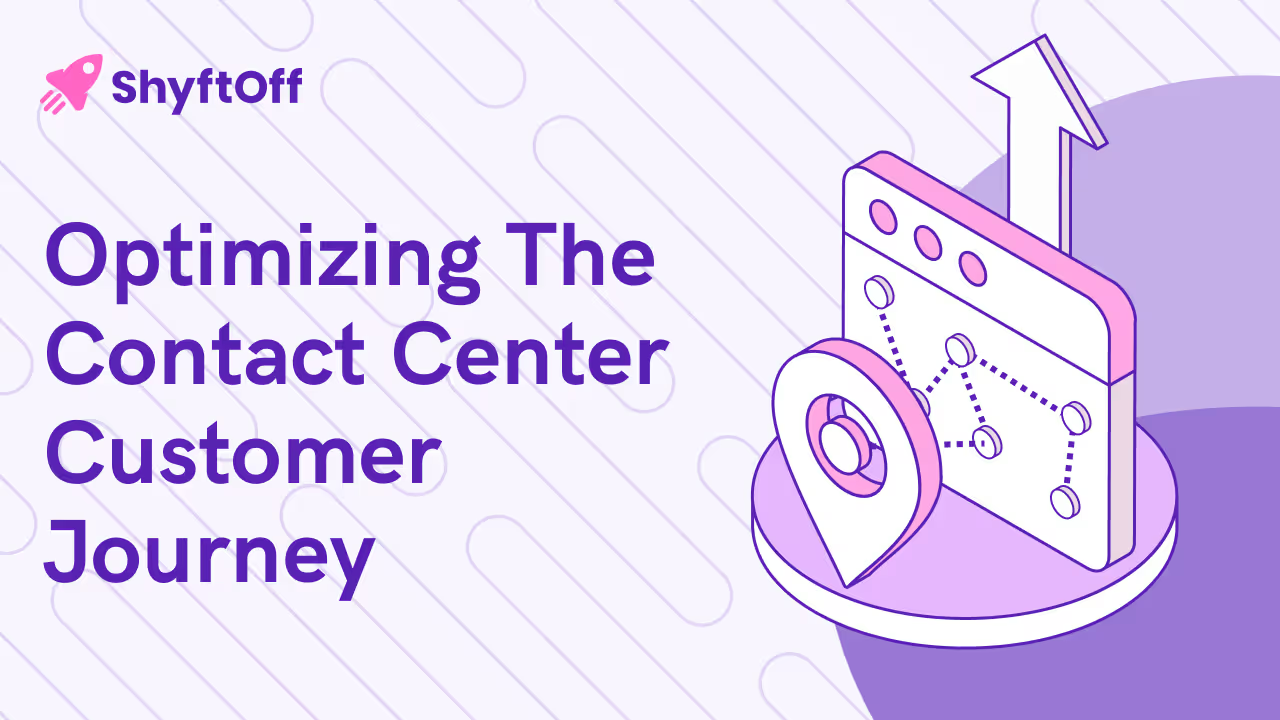
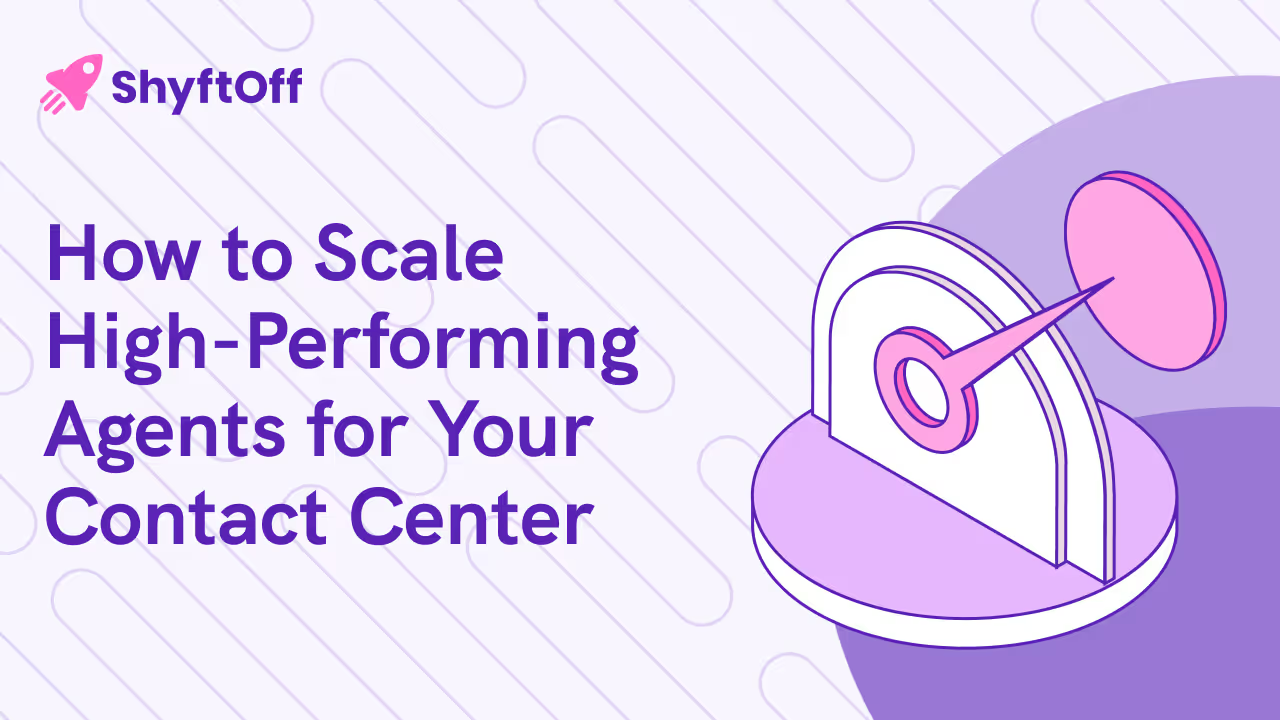
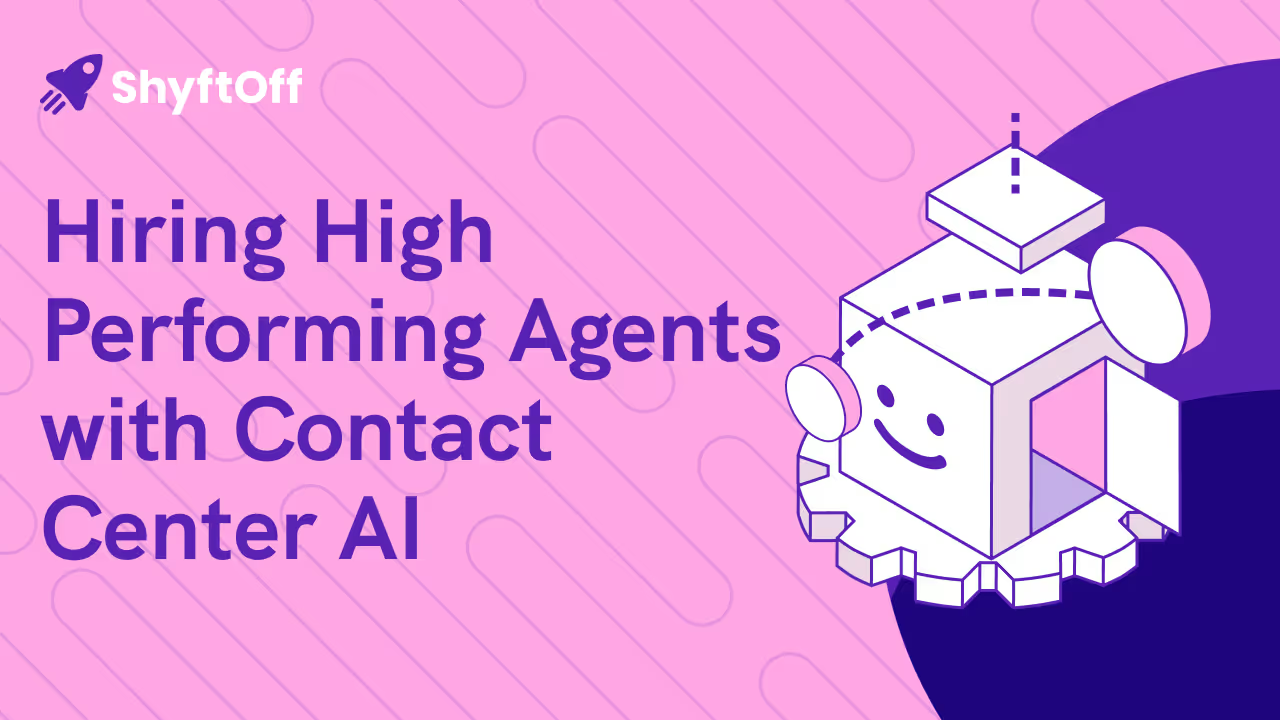
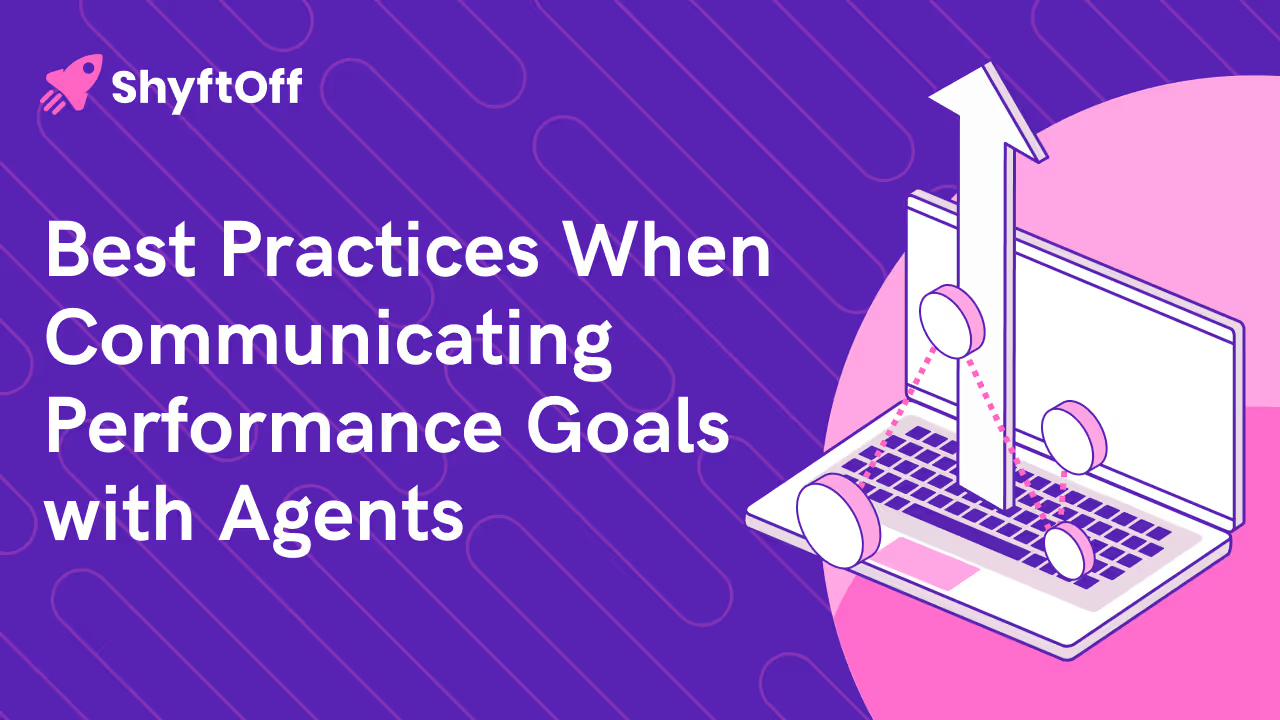
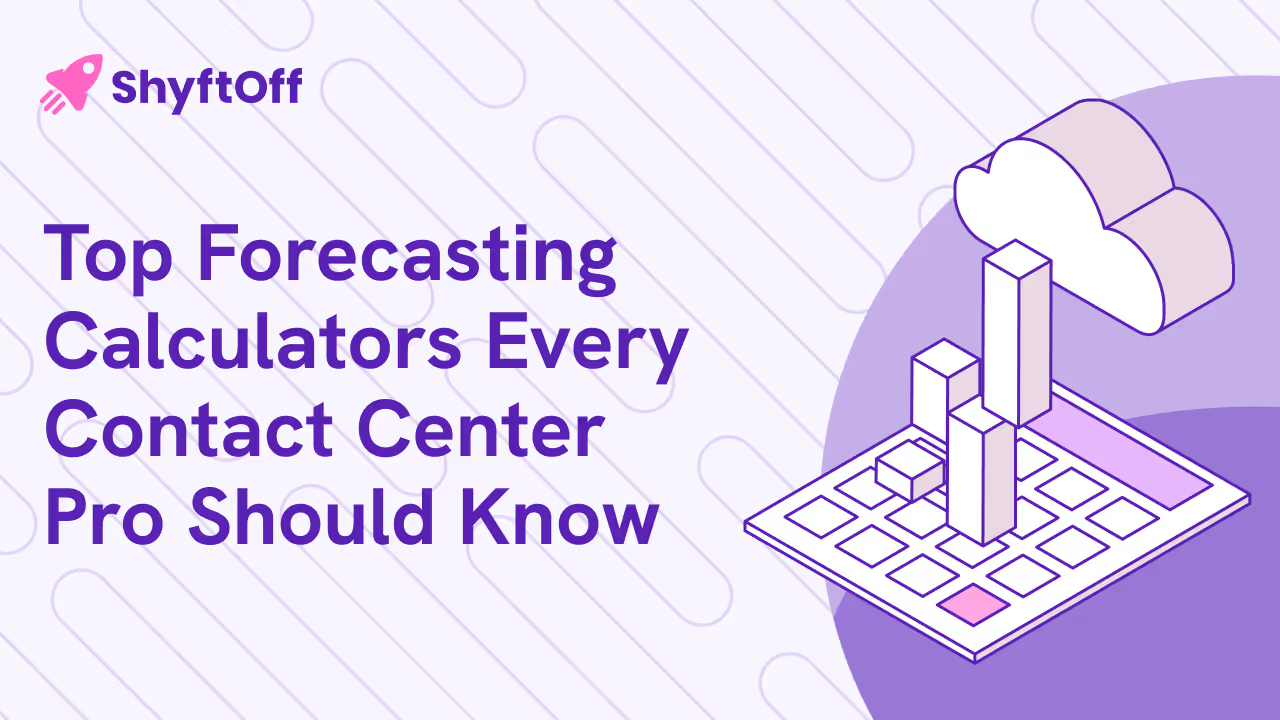
.avif)

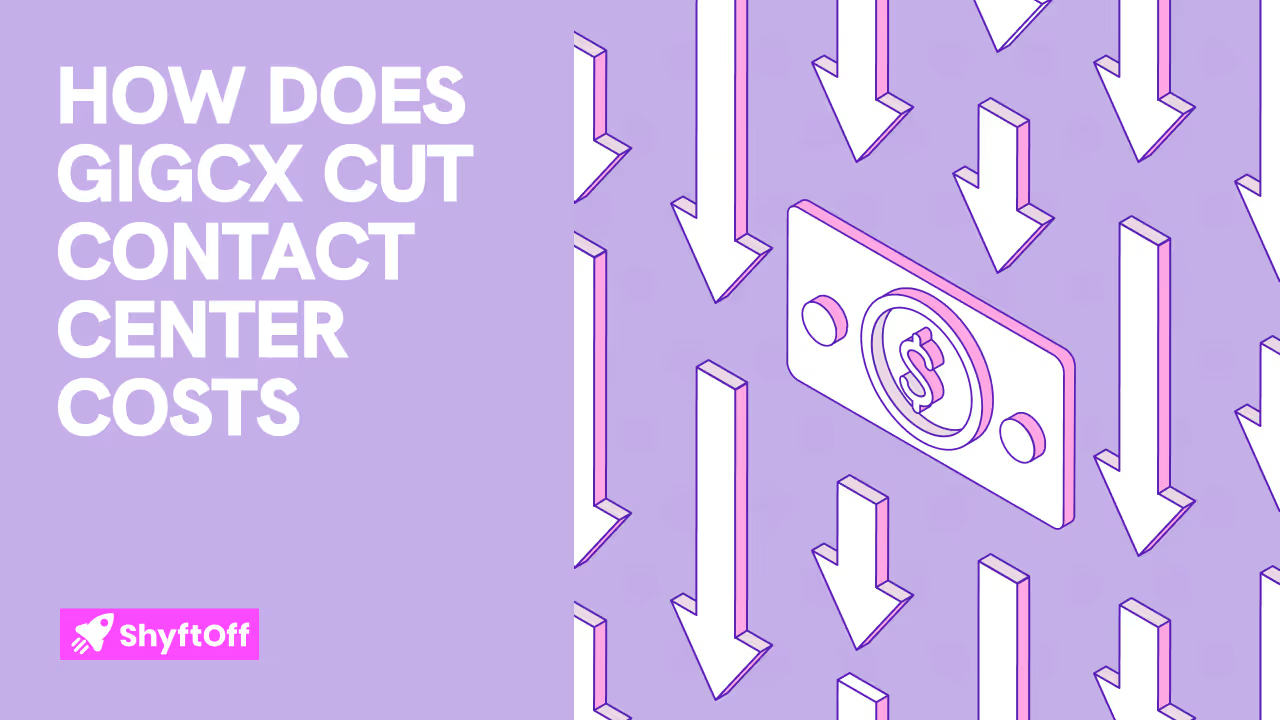
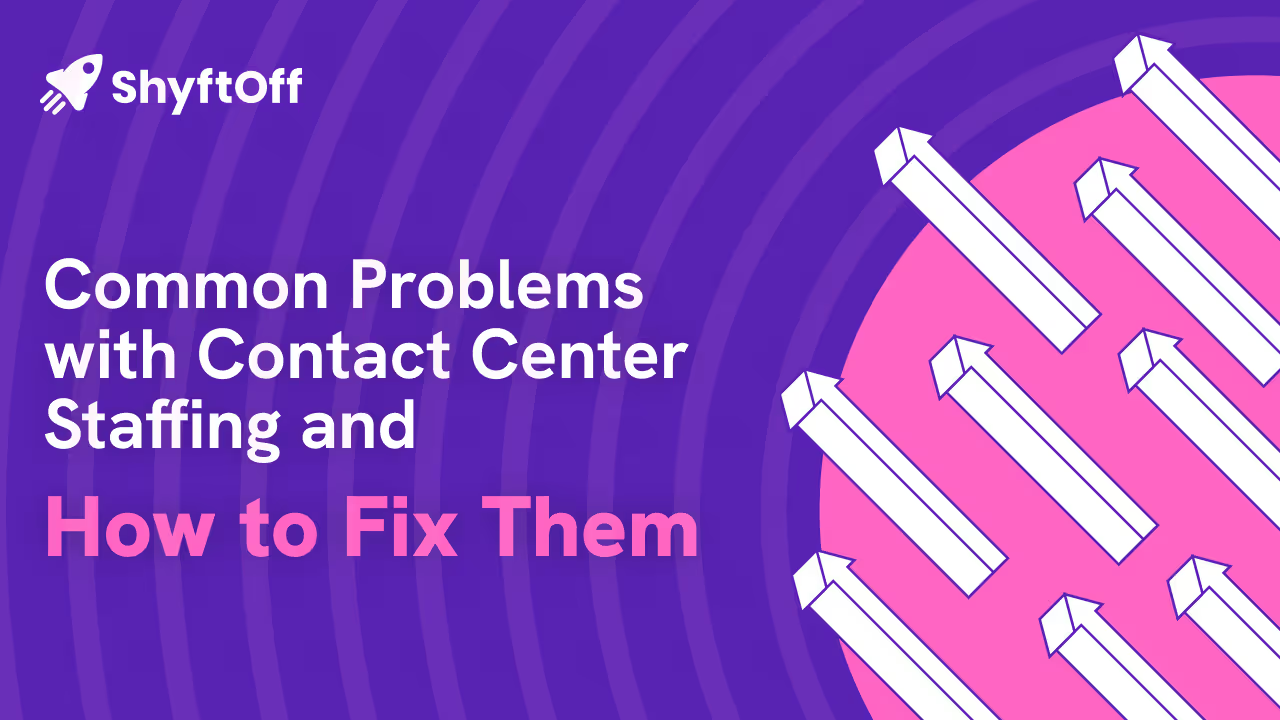

.avif)


.avif)

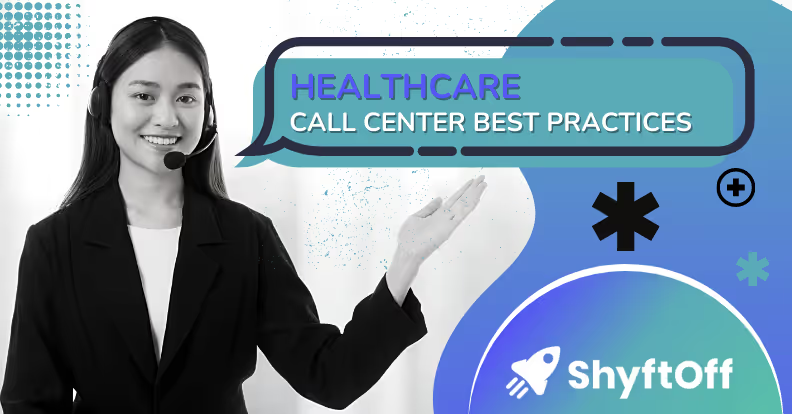

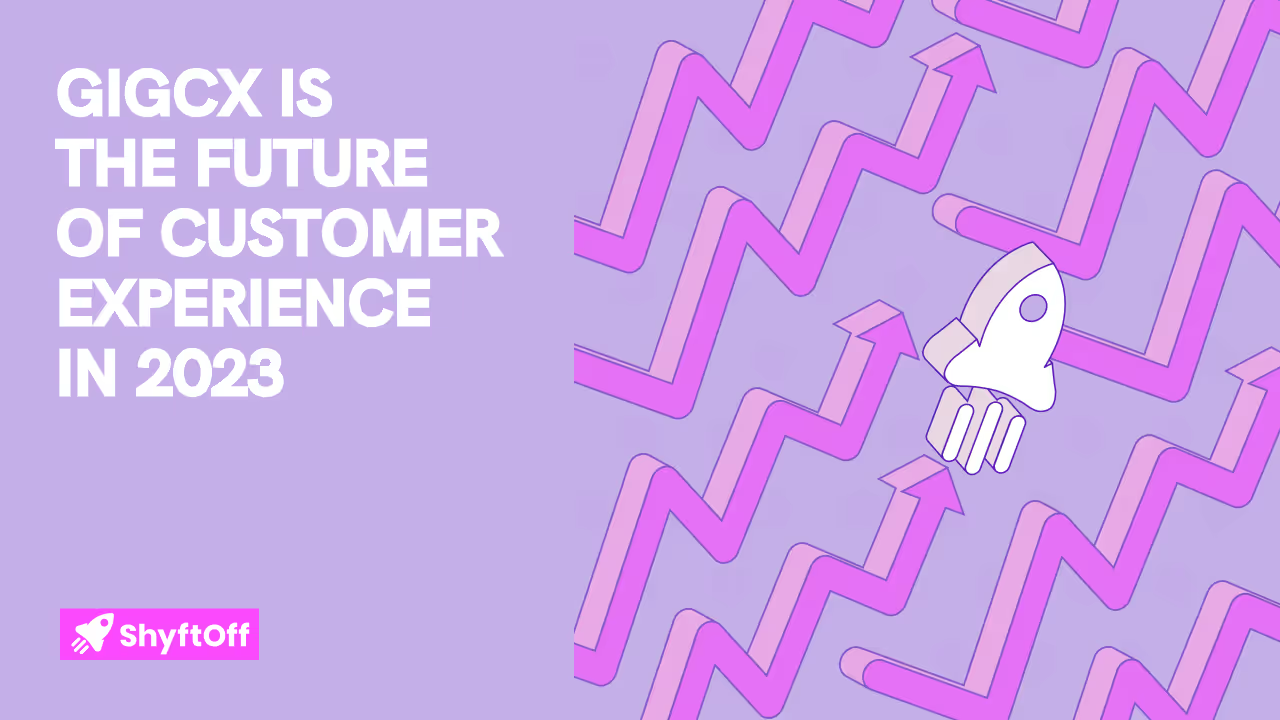
%2520(2).avif)

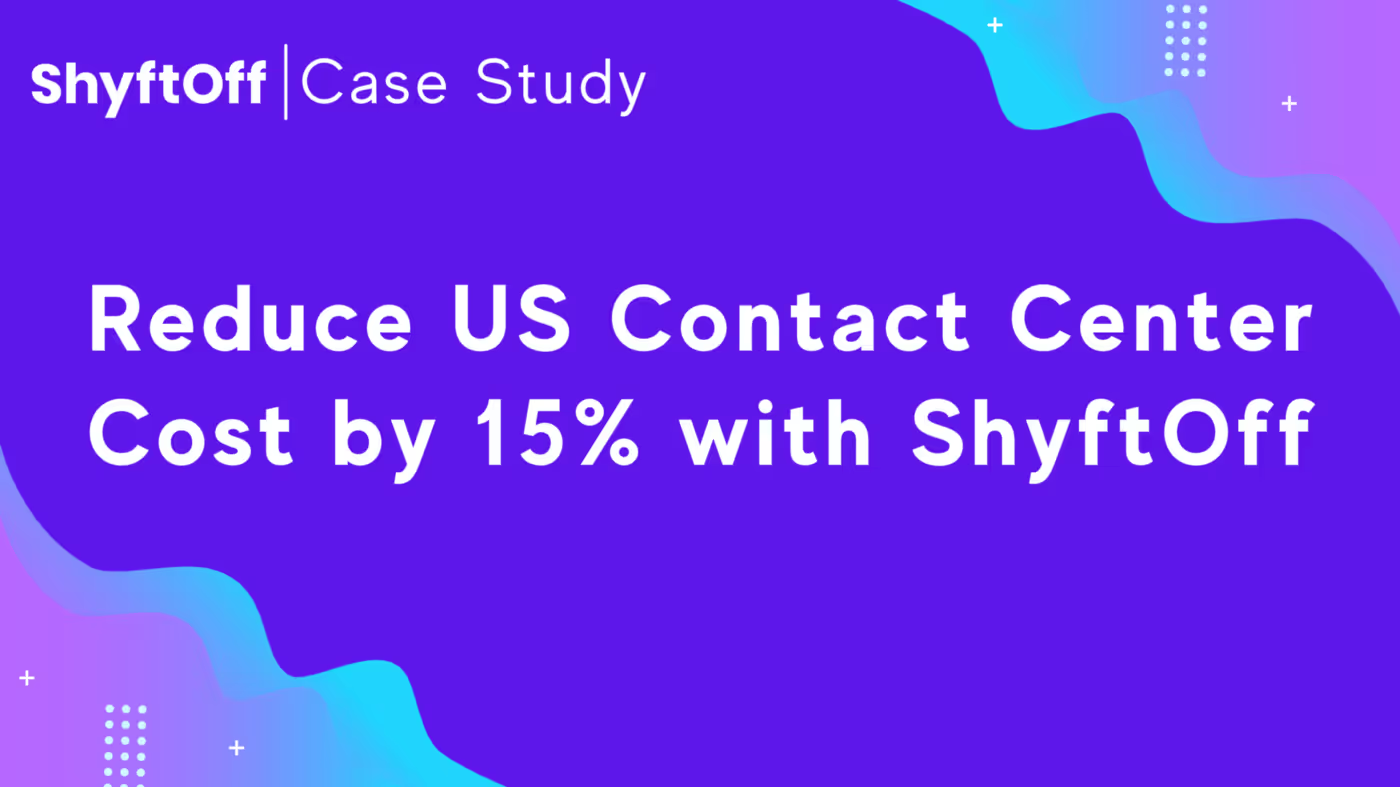

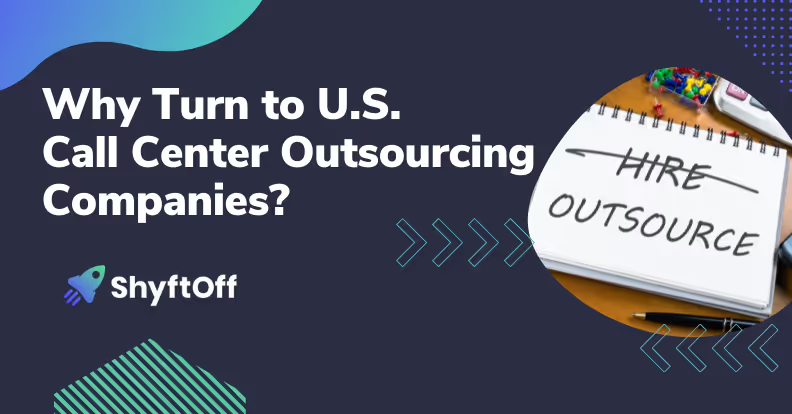
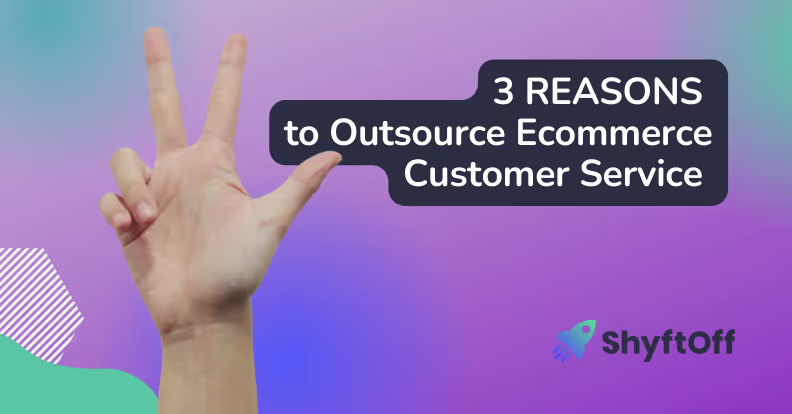
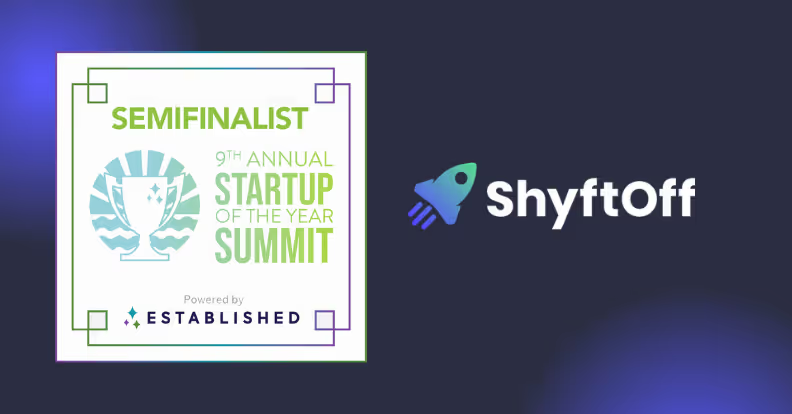
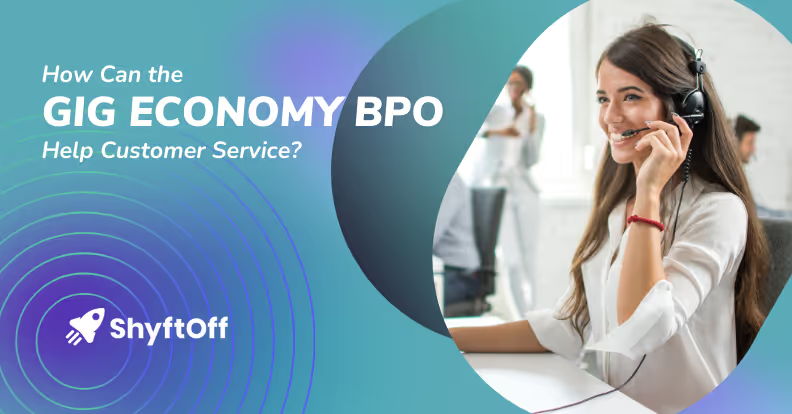

.avif)

